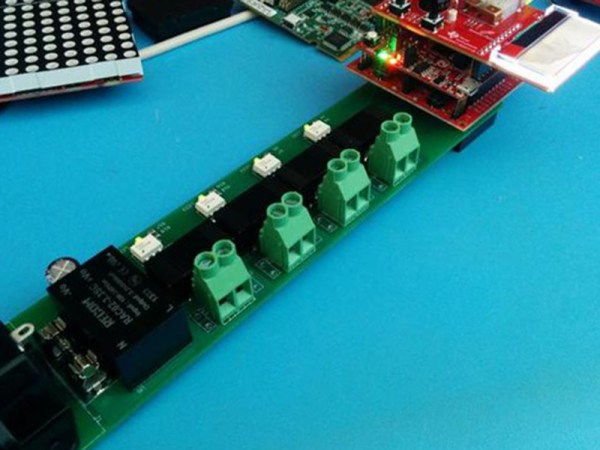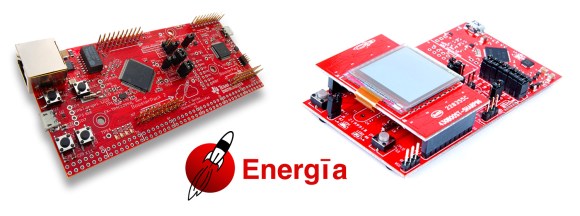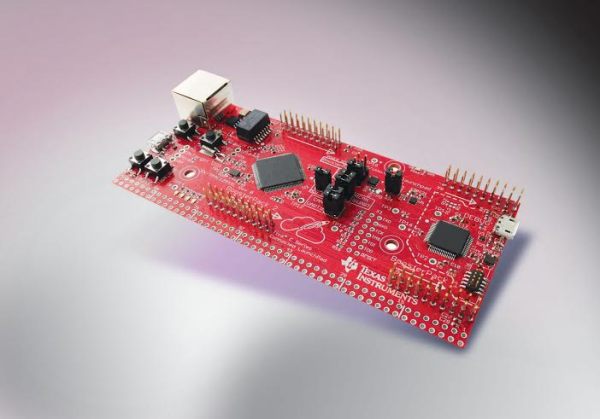It’s time once again for Americans to gorge themselves on hormone-laced meats covered in several sauces and gravies, all of which inexplicably contain corn syrup. It’s also Thanksgiving this Thursday, so there’s that, too. If you have a turkey defrosting somewhere, you’ve probably gone over all your cooking options – the oven, a giant propane-heated pot of peanut oil, and yes, even sous vide. [Trey] over at TI came up with a great sous vide controller using a few LaunchPad Booster packs, and surprisingly, he can even cook a turkey.
The basic idea of sous vide is to vacuum pack your protein, put it in a closely-controlled water bath, and cook it so the inside is always the same temperature as the outside. It’s delicious, and it takes a long time. We can automate that, though.
[Trey] is using a USB LaunchPad and a thermocouple BoosterPack to monitor the temperature of a water bath. A custom SSR board is wired right into the heater, and a CC3100 provides a network connection to monitor the bird. While the network may seem a bit superfluous, it’s actually a great idea; sous vide takes hours, and you really don’t dote on your warm tub of water. Being able to receive SMS alerts from a sous vide controller is actually a great idea.
With everything wired up, [Trey] tried out his recipe for deep-fried turkey porchetta. From the pictures, it looks great and according to [Trey] it was the juiciest turkey he’s ever had.



 There is something to be said about how easy it is to write Arduino code. For those of who you are big fans of the MSP430 and Texas Instrument’s LaunchPad series, an upcoming release of
There is something to be said about how easy it is to write Arduino code. For those of who you are big fans of the MSP430 and Texas Instrument’s LaunchPad series, an upcoming release of 













